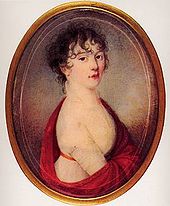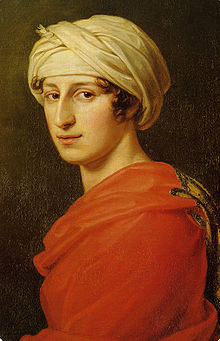This
month on Clef Notes we’ve been looking at love and classical music. Today,
let’s look at a famous composer who has a very famous love story: Richard
Wagner. Over the course of his life, Wagner had multiple mistresses and even a
first wife, but it was Cosima von Bulow who seemed to be the one for whom his
soul truly desired. When they married in 1870, they remained together until his
death in 1883.
But
just who is Cosima von Bulow? Cosima was the daughter of Franz Liszt, the
second of three children born by his mistress, Countess Marie d’Agoult. During
their late teenage years, Cosima and her sister were put in the care of one of
Liszt’s friends, the mother of a former pupil and rising musician, Hans von
Bulow. Hans was a pianist and conductor and a champion for the music of both
Liszt and Wagner. Not long after their meeting, Hans decided to request
Cosima’s hand in marriage. The young girl was ecstatic to have someone love her
after growing up with feelings of abandonment by her own parents. Hans,
perhaps, was intrigued by the idea of building his association with Liszt.
After their marriage, it is interesting to note that one of the first things
young Hans did was take his new bride to visit his dear friend and colleague,
Richard Wagner.
 |
| Courtesy of wikimedia.org |
After
years of an unhappy marriage and frequent meetings with Wagner as a family
friend, the daughter of Liszt and the legendary composer realized their love
for one another. Their union did not come easy, however. Hans was
understandably not thrilled with the love affair between his wife and friend
and refused to agree to divorce. It wasn’t until Cosima bore three of Wagner’s
children that Hans finally agreed and Cosima was united to Wagner in marriage
in 1870. Did you know that Wagner and Cosima’s three children were named
Isolde, Eva, and Siegfried—all three names from Wagner’s operas?
Following
the marriage, Wagner wrote his famous Siegfried
Idyll for Cosima on her birthday. You can listen to this work below:


